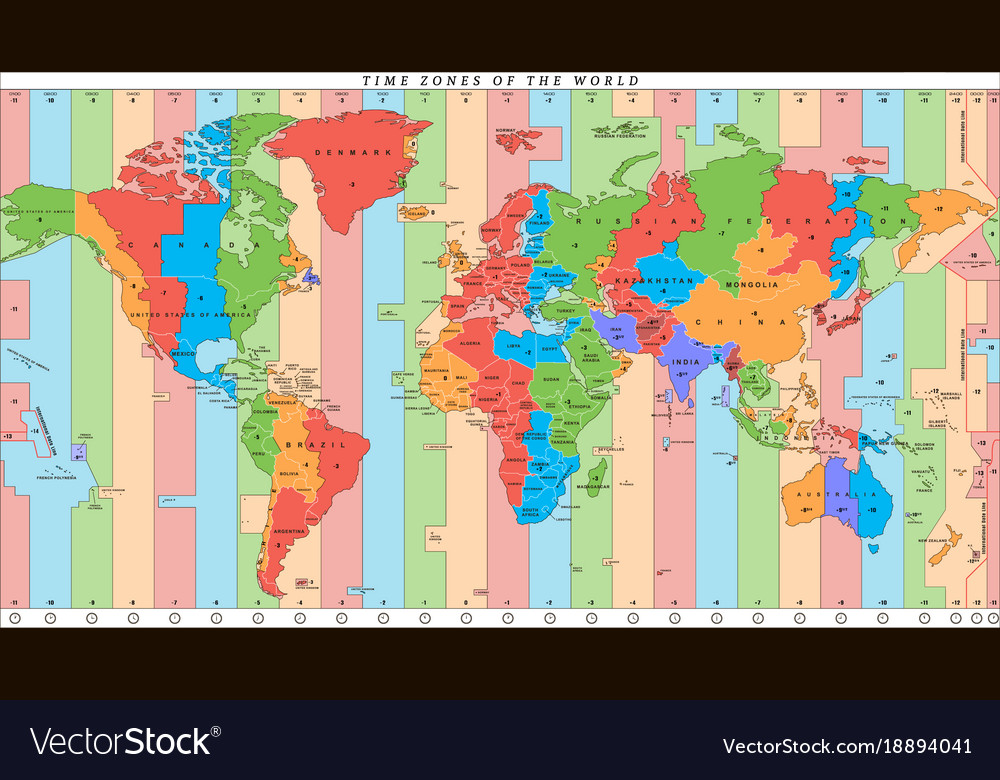

May differ according to the equation of time between 11:44 AM and 12:14 depending on the day of the yearĭepends on a lot of factors: usage of daylight savings time, the actual geographical location, and the day of the year. The averaged position of the sun according to the results obtained throughout the yearĪ time used amongst people according to the time zone it is located in and usage of daylight saving time.

“Natural time” or the time established according to the sunrise and sunset It differs from the apparent solar time by the following features: Mean solar time results to be more convenient for timekeeping around the world and it’s more universal since it takes into consideration the actual length of the average day. This being said we can foresee discrepancies in solar time depending on the longitudes we’re examining. The reason for that is that the course of the Earth around the sun isn’t mathematically precise and the axis of rotation is moving too. But this solar day varies with the time of the year. This natural time can be divided into natural solar days, one solar day being the lapse of time between two solar noons when the sun is at its highest.

The apparent solar time is the time measured by the position of the sun, where noon is the instant when the Sun crosses the local meridian and reaches its highest point in the sky 2 (excluding latitudes where the sun isn’t visible for a period of days or months and the eclipse phenomena). This ensures that civil time isn’t too far from the local solar time. Most large countries that span a range of longitudes (e.g., USA, Canada, Russia ) have multiple time zones. In particular, if the Earth rotates 360 degrees in 24 hours, it means that it takes 15 degrees every hour. The longitude, being the geographical coordinate of the point on the Earth regarding the East or West, helps to reflect the impact of the Sun. Under the scientific model of standard time, the zone covers every 15 degrees of the longitude 1. The distance east or west from it adds or takes one hour. In this regard, one should understand how the standard is defined.įirstly, the Greenwich meridian becomes central in determining the time. The time zones obey specific rules referring to geographical principles of longitude. Time Zones define and establish the appropriate time within individual countries and regions, having an enormous impact on business, communication, and world management.


 0 kommentar(er)
0 kommentar(er)
